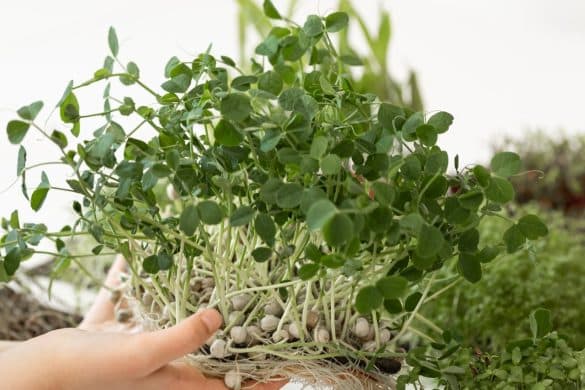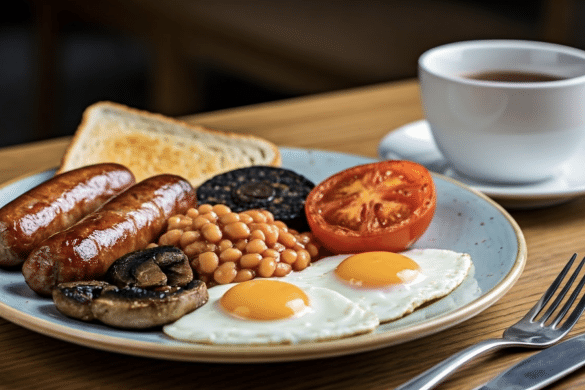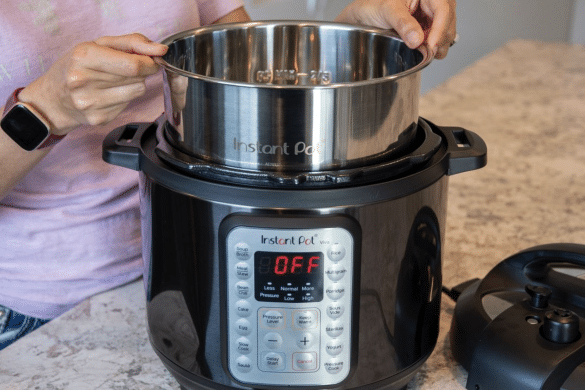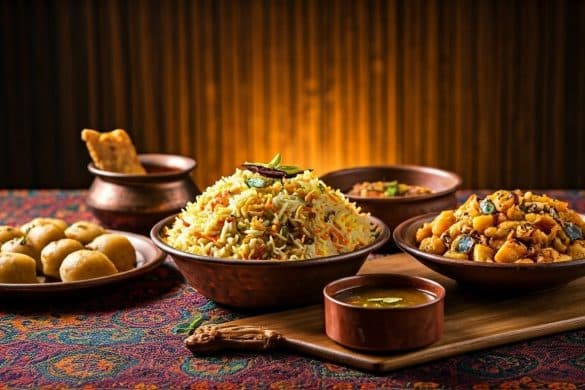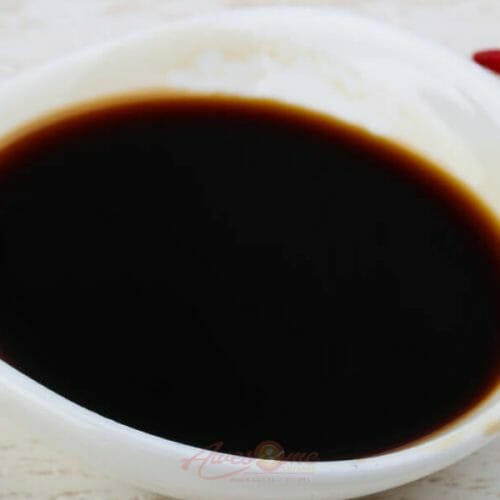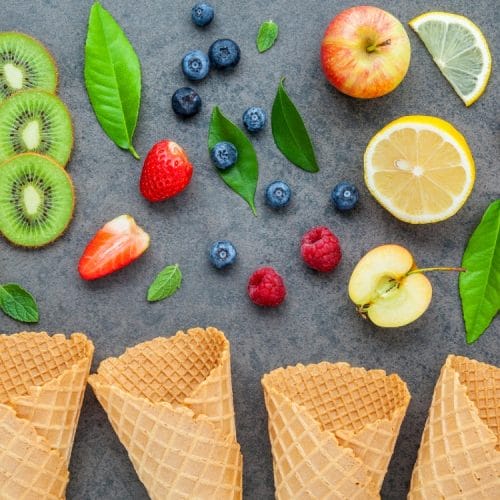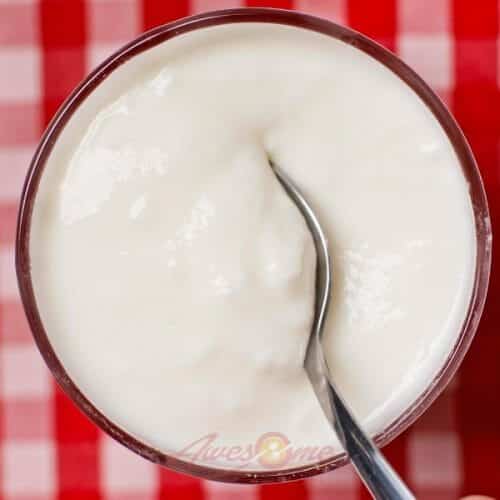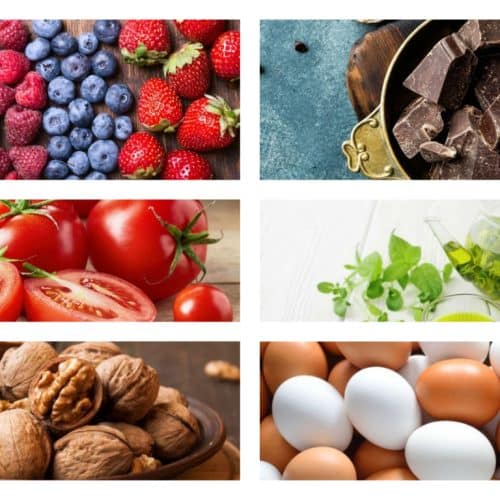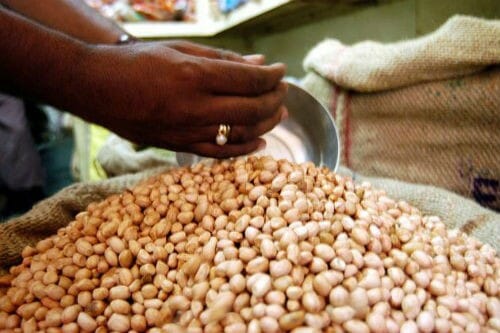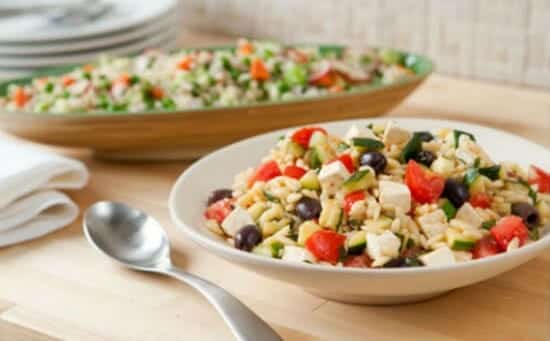Sugar syrup is a crucial ingredient in many Indian sweets, and getting its consistency right can make all the difference in the taste and texture of the final product. However, achieving the perfect sugar syrup can be daunting, even for experienced home cooks. In this article, we aim to guide you through mastering sugar syrup, from understanding the proper ratio of sugar and water to identifying the different stages of consistency. With our tips and tricks, you can create the most delicious sweets to impress your family and friends.
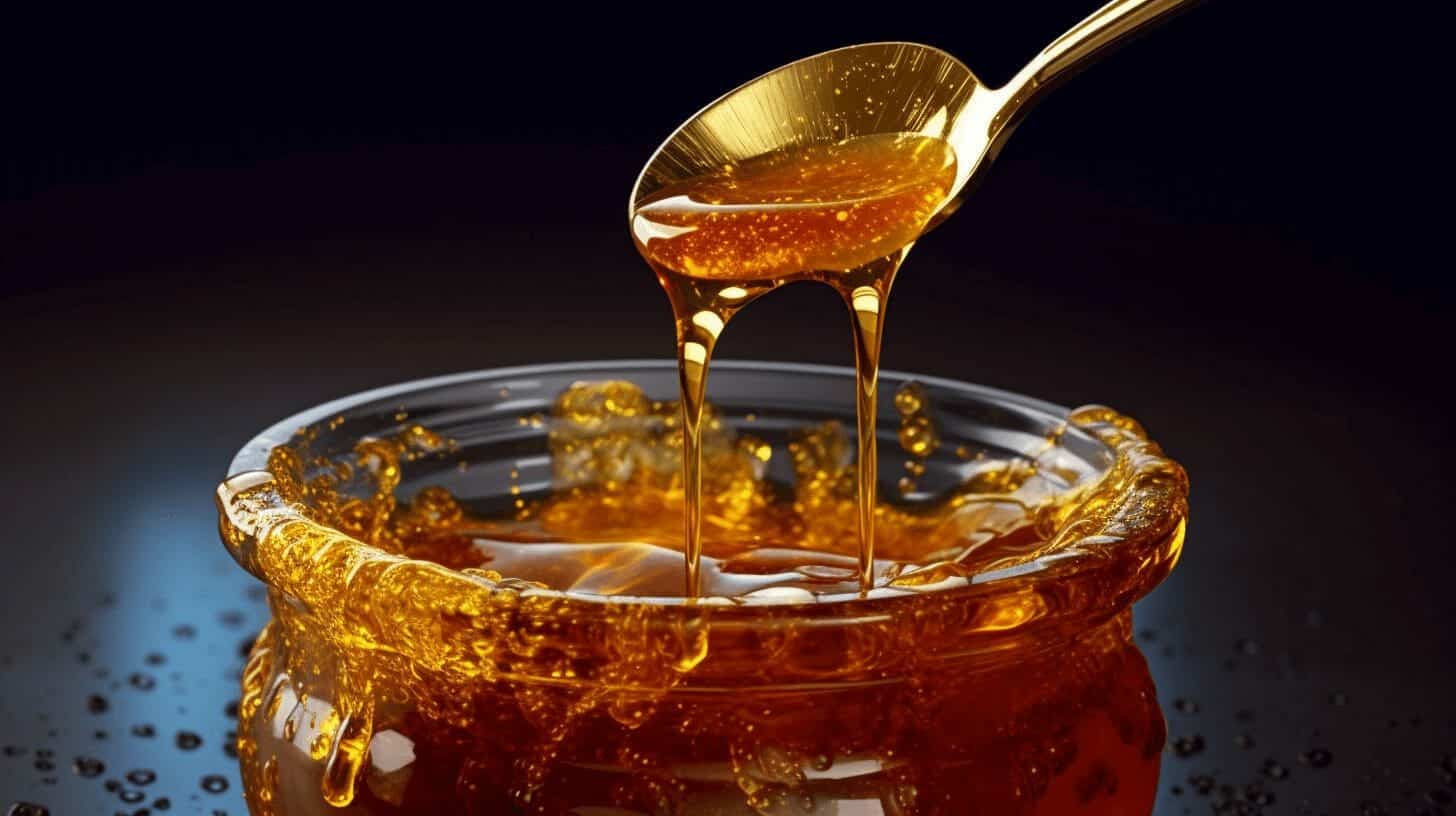
sugar syrup
In the first section, we will cover the basics of sugar syrup, including the importance of the sugar-to-water ratio and the different types of sugar that can be used. We will also discuss the science behind sugar syrup and how it affects the final texture of the sweets.
In the second section, we will dive deeper into the various stages of sugar syrup consistency and provide tips on identifying them.
Finally, we will share our expert advice on making perfect sweets using sugar syrup, including the importance of temperature control and other techniques to ensure your sweets turn out just right.
So, whether you are a beginner or an experienced home cook, read on to discover the key to mastering sugar syrup and creating perfect sweets every time.
Sugar Syrup Basics
The fundamental process of making sugar syrup involves the following:
- Slowly dissolving sugar in water on low heat.
- Raising the heat to a boil without stirring.
- Removing any scum on the surface.
- Achieving the desired consistency for the specific recipe.
The consistency of the syrup is critical as it affects the final product. It is also essential to monitor the temperature of the syrup with a candy thermometer to ensure it reaches the desired stage.
Troubleshooting issues that may arise when making sugar syrup include crystallization, where sugar particles clump together, and burning, which can occur if the heat is too high or the syrup is left unattended.
To prevent crystallization, avoid stirring the syrup once it reaches a boil and add a small amount of acid, such as cream of tartar or lemon juice. To prevent burning, use a heavy-bottomed pot and stir occasionally to prevent the syrup from sticking to the bottom.
By following these basic steps and troubleshooting tips, mastering sugar syrup becomes achievable, leading to perfect sweets every time.
Syrup Consistency Levels
Different levels of consistency are required for different types of traditional sweets made with sugar syrup. Achieving the correct consistency can be challenging, but it is essential for the final product’s success. Testing techniques and troubleshooting tips can help ensure that the syrup is at the right level of consistency.
One way to test the syrup’s consistency is to use a spoon to drop a small amount of syrup into a bowl of cold water. The syrup should form a ball that can be rolled between your fingers. This technique is commonly used for making sweets like Athirasam, which requires a softball stage consistency. Another testing technique is to take a small amount of syrup between your thumb and forefinger and pull them apart. The syrup should form a long, thin string. This technique is commonly used for making sweets like badushah and katli, which require a one-string consistency.
Troubleshooting tips can help address common issues that arise while making sugar syrup. For example, if the syrup is too thin, it can be boiled longer to achieve a thicker consistency. On the other hand, if the syrup is too thick, adding a small amount of water can help achieve the desired consistency. Consistency is crucial for making sweets, and following these techniques and tips can help ensure that the syrup is at the right level for the perfect sweet.
| Consistency Level | Description | Sweets Made |
| Thin Syrup | Water-like consistency | Jalebi |
| Thread Consistency | Thin, long threads | Gulab Jamun |
| Soft Ball Stage | Forms a soft ball that slumps a bit | Athirasam |
| Hard Ball Stage | Forms a hard ball | Peanut Balls |
| One-String Consistency | Forms a long, thin string | Badushah, Katli |
Tips for Perfect Sweets
Achieving the ideal consistency of the sugar syrup is of utmost importance in preparing traditional sweets, and several tips can help ensure success.
One key factor to keep in mind is the syrup temperature. It is essential to monitor the temperature of the syrup as it boils and to remove it from the heat at the appropriate stage. This can be done using a candy thermometer or testing the syrup consistency between the thumb and forefinger.
Overcooking the syrup can result in a hard, crystallized texture, while undercooking can result in a sticky, gooey texture.
Another common mistake in making sweets is to follow the recipe instructions carefully. It can be tempting to improvise or adjust, but even small changes can significantly affect the end product.
Additionally, it is essential to use a clean vessel when boiling the syrup and to strain it before boiling again to remove any impurities or scum.
Following these tips can help ensure that the sugar syrup is of the correct consistency and that the end product is delicious and enjoyable.
Frequently Asked Questions
What is the ideal temperature to start boiling sugar syrup?
The ideal temperature to start boiling sugar syrup is around 100°C, achieved by slowly dissolving sugar in water over low heat. Boiling techniques, flavours, and additives can vary depending on the desired consistency and recipe.
Can different types of sugar be used to make syrup?
Substituting sugars in making syrup can alter the flavour and texture of sweets. Different types of sugar, such as brown sugar or maple syrup, can be used for flavour variations. Still, the technique for making syrup remains the same.
How long should the syrup be boiled to achieve the desired consistency?
To achieve desired sugar syrup consistency:
- Adjust the heat during the boiling process and test for the selected stage with your thumb and forefinger.
- Troubleshoot thin syrup by boiling longer and thick syrup by adding water.
- Follow recipe instructions carefully.
What are some common mistakes that can be made when making sugar syrup?
Common mistakes when making sugar syrup include stirring while boiling, not removing scum, and not straining the syrup. Troubleshooting tips include testing consistency and following recipe instructions carefully for desired end products.
Can a candy thermometer be used to check the syrup consistency, or can it be done without one?
There are alternative methods to using a candy thermometer for checking sugar syrup consistency. Visual cues such as observing the formation of a long, thin string or a soft/hard ball can be used to determine the stage of the syrup.

